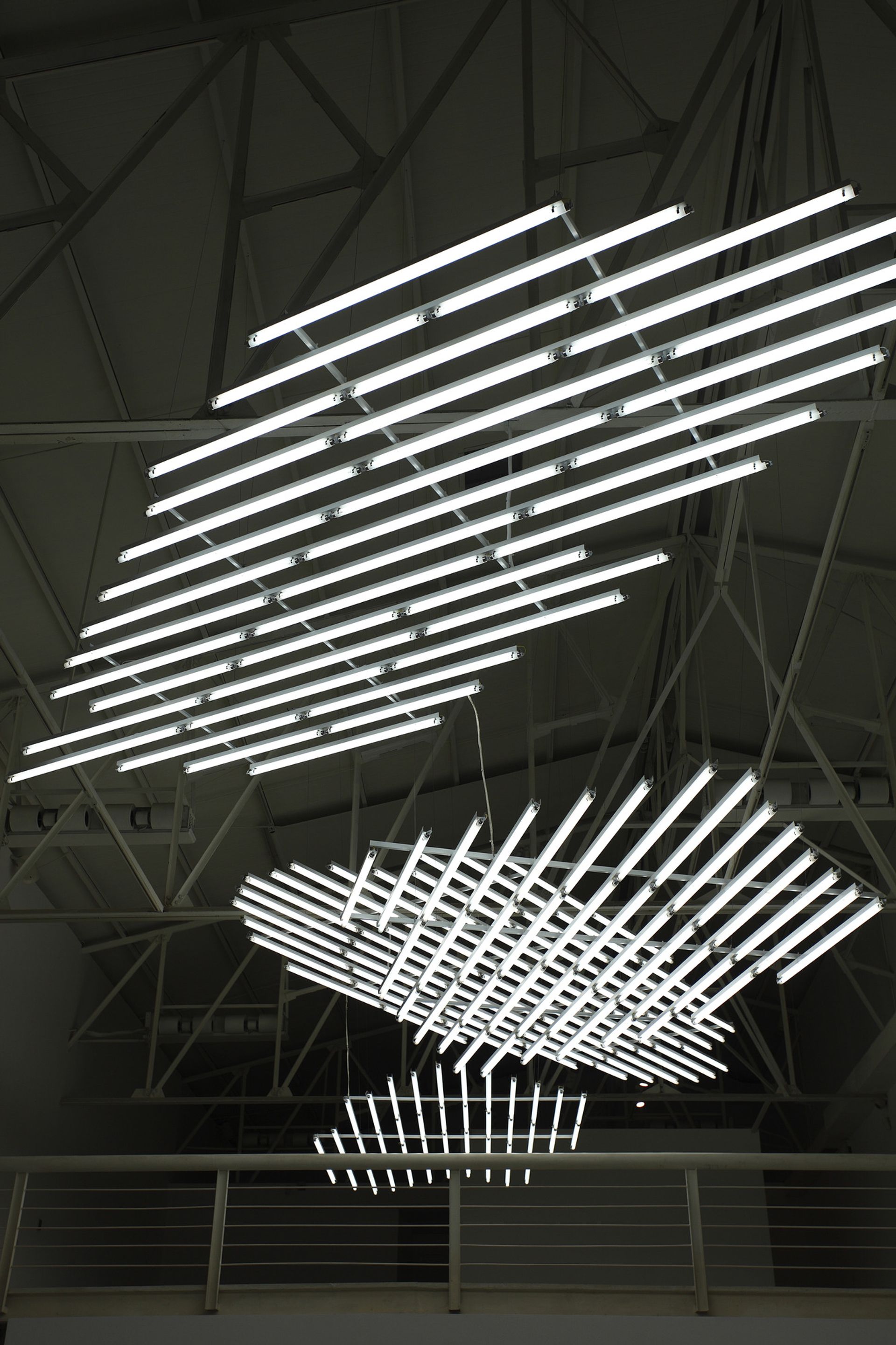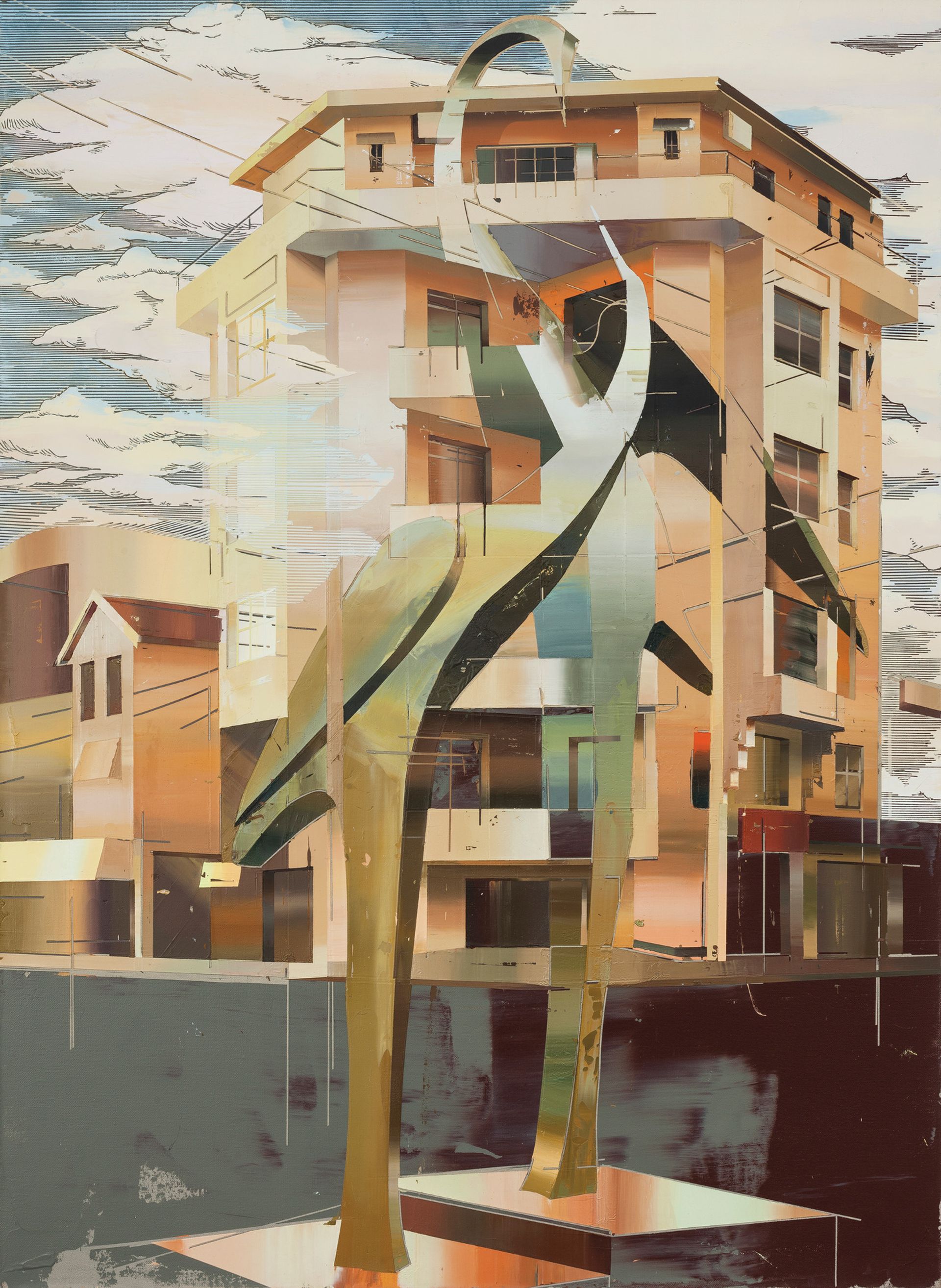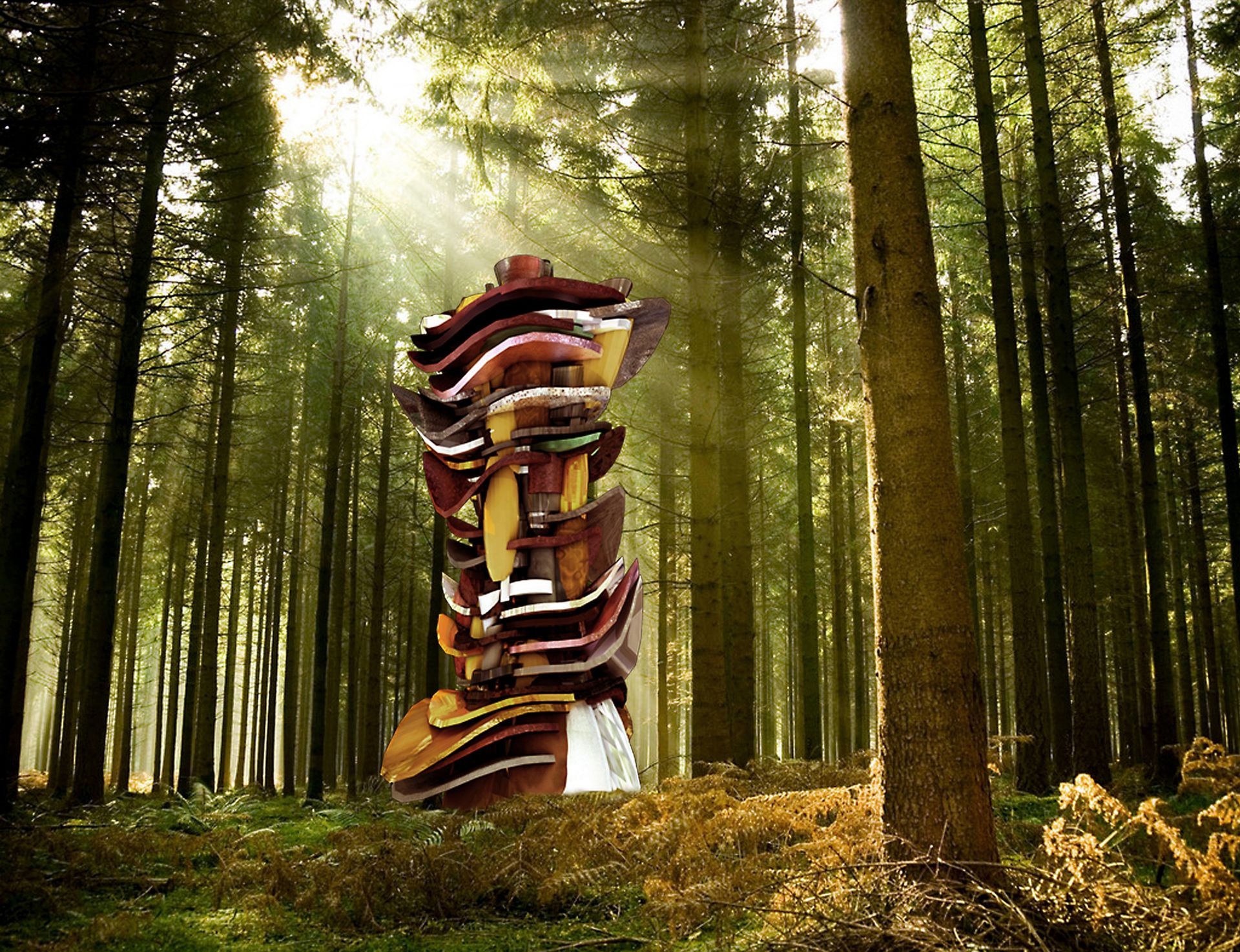This month the Royal Academy in London will host a highly anticipated solo show by China’s most famous living artist and activist, Ai Weiwei. In the last five years alone the artist once dismissively referred to as “China’s Warhol” in the mainstream Western media has been transformed into a celebrated icon of resistance against human rights abuses and censorship. No other artist in the international arena has succeeded in breaking the boundaries between art power and political power on such a scale, and as effectively, as Ai. No other artist is quite like him, Chinese or otherwise.
Yet Ai’s larger-than-life persona casts a long shadow—functioning in many respects as a yardstick against which we continue to measure the critical value of contemporary Chinese art in today’s hyper-networked “global village”. This presents certain challenges, as well as opportunities, for the younger generation of Chinese artists born in the late 1970s and 1980s who are now beginning to exhibit nationally as well as internationally. Artists of this generation will feature in A Beautiful Disorder, a contemporary Chinese art exhibition featuring 17 newly commissioned works that we are organising at the Cass Sculpture Foundation in West Sussex, UK, in 2016.
Unlike Ai’s illustrious generation, these artists did not experience the traumas of China’s Cultural Revolution first hand, nor were they fully aware of the political import of the 1989 massacre of hundreds of students in Tiananmen Square.
Strictures of the state

Instead, they spent their formative years in a period marked by rapid economic growth, urban development, technological advancement and heightened cross-cultural influence, ushered in by China’s joining of the World Trade Organisation in 2001, and spectacularly reinvigorated by the Beijing Olympic Games in 2008. Ai’s generation struggled to carve out a space for artistic experimentation against the strictures of the state, a moribund art educational system, a lack of viable public platforms for independently-organised exhibitions, and the absence of a functioning art market, among other issues. But young Chinese artists today have benefited from the expansion and development of the creative industries on a national level, and have also been exposed to international artistic discourses through the internet, residencies abroad and the prevalence of international galleries and fairs in its major cities.
This markedly more international outlook has resulted in a fracturing and diversification of practice—aesthetically and conceptually—so that much of the most interesting art produced in China today is no longer easily identifiable as Chinese. Gone are the leering, grinning images of the Chinese everyman, the stylised amalgams of Cultural Revolutionary propaganda and commercial branding, and also the ostensibly “exotic”, large-scale installations that so powerfully evoked the ruined splendour of Chinese tradition. Instead, the art produced by this new generation is in many respects virtually indistinguishable from their counterparts across the world, characterised by a distinct anti-aesthetic sensibility, the widespread use of multimedia technologies, and an emphasis on process over product.
It would be easy to view this development as yet another depressing index of the homogenising effects of globalisation, symptomatic of a jaded Postmodern or even post-internet condition. Certainly, much of the art produced in China today is unapologetically “lite”, or even banal, more suited to being displayed on a WeChat or Facebook wall than on the pristine white walls of museums and galleries. Yet this seeming banality often belies deeper concerns with the state of affairs in contemporary China—and the world at large.
Much of the most interesting art produced in China today is no longer easily identifiable as Chinese
As much as this new generation of artists has benefited from China’s liberalisation over the past 30 years, they have also experienced the negative consequences of such rapid development: the polarisation of the rich and poor, the stark divide between rural and urban quality of life, environmental degradation and pollution, and widespread social injustice. Rather than taking up arms against the Chinese state in the fiercely confrontational style of Ai Weiwei, a number of young Chinese artists have produced socially-engaged, critical work questioning the wider structures of power and hypocrisy that characterise today’s neoliberal world order.
Migration patterns Although this might again seem to indicate a general shift in focus from the particular to the universal, Chinese artistic practice has historically been shaped by specific regional concerns. These nuanced stylistic and conceptual affiliations have not only endured, attesting to the particular responsiveness of Chinese artists to their immediate environments, but they have also drawn attention to the unequal pace of modernisation within the nation itself, despite the unifying rhetoric of the state. Many of these artists are themselves migrants who moved from remote regions of the vast country to its thriving economic and artistic centres in search of a better future.
For example, several artists based in the Pearl Delta region in the country’s South, far removed from the centre of political authority and where the free-trade Special Economic Zones are clustered, have produced documentary-style works that explore the harsh realities of everyday life in the very heart of the so-called “factory of the world”. The young Hubei-born, Shenzhen-based artist Li Liao’s well-known work, Consumption (2012) consisted of only a factory uniform, ID card and iPad. It was not much to look at, but the piece was actually the culmination of 45 days spent in the assembly line of the controversial Foxconn factory—the amount of time it took for the artist to earn just enough money to buy the commodity he laboured to produce, and ironically displayed as a work of art thereafter.
Shedding light Artists such as Liu Chang and Li Jinghu, also based in China’s manufacturing hub, have similarly attempted to shed light on the poor living and working conditions of the multitude of young Chinese citizens who drive the nation’s economic growth. Li’s White Clouds (2009) consisting of a lattice of industrially produced light tubes delicately suspended in mid-air, does so quite literally. While making an obvious reference to the celebrated Minimalist aesthetic associated with artists such as Dan Flavin, the piece also alludes to how, in the artist’s native city of Dongguan, factory work continues long into the night to meet the demands of the global market, conducted under the same artificial glow that shines upon the viewer as they regard the piece.
In China’s south-eastern coastal area, the country’s wealthiest region owing to its historic trade connections with the West, we find artists such as Hangzhou-based Cheng Ran, who align their practice with mainstream global culture and art world discourses more explicitly, employing new media to probe the alienating spectacle of modern life. As a case in point, Cheng’s video Always I Trust (2014) transformed a spam email he received into a lavishly filmic love story, complete with panoramic scenes of the futuristic city of Shanghai, playing on the abject loneliness of virtual reality.

Artists who grew up in or moved to the North, particularly the capital city of Beijing, have been constantly exposed to national discourses that triumphantly celebrate China’s historical achievements and geopolitical ambitions, as well as the city’s remarkable urban expansion and redevelopment. Several young artists working in Beijing revert to the more traditional media of painting and sculpture, and have not shied away from monumental scale and materiality. Cui Jie, an artist who moved from Shanghai to Beijing, produces large-scale paintings that feature the hybridised architecture of China’s capital, in which elements of Bauhaus practicality, Soviet rigour, Japanese vitalism and the dynamism of the International Style are twisted together as if by the very torsion of China’s frenzied socio-economic development.
Sculpting Marx Wang Yuyang, another artist based in Beijing, whose practice encompasses sculpture, painting, photography and video, is currently producing a powerful work, entitled Identity, for the Cass exhibition. It consists of a sculptural pillar comprised of layered folds of brass, wood and stone, imposingly standing at more than six metres high. This convoluted tower appears at once natural and organic, as well as alien—like a fantastical vision of what life might look like on a distant planet. Yet despite its otherworldly appearance, Identity, as its title suggests, is actually a product of distinctly human ingenuity, technology and culture. Using 3D rendering and modelling software, Wang has converted one of the most influential texts in modern history—Karl Marx’s Capital: a Critique of Political Economy (1867)—into a binary code that was then used to determine the material, colour and structure of the sculptural outcome.

The work thus not only alludes to the collapsing boundaries between art and technology, but also raises pertinent questions concerning the power of ideology in today’s networked, globalised world: how do we “read” a work of art? What socio-economic, cultural, political and inter-subjective processes are at stake in the act of artistic appreciation, and how are they converted into a system of values? How have these systems been determined, and what do they stand for? Identity is a work that sums up the amorphous shape of contemporary Chinese art.
• A Beautiful Disorder opens at the Cass Sculpture Foundation, West Sussex, in May 2016. The first completed work, A Sculpture of Thought I-192 by Zhao Yao, is being unveiled at the West Bund Art & Design Fair, Shanghai, 8-13 September, www.westbundshanghai.com
• For the behind-the-scenes story of how the works were commissioned, visit www.theartnewspaper.com

